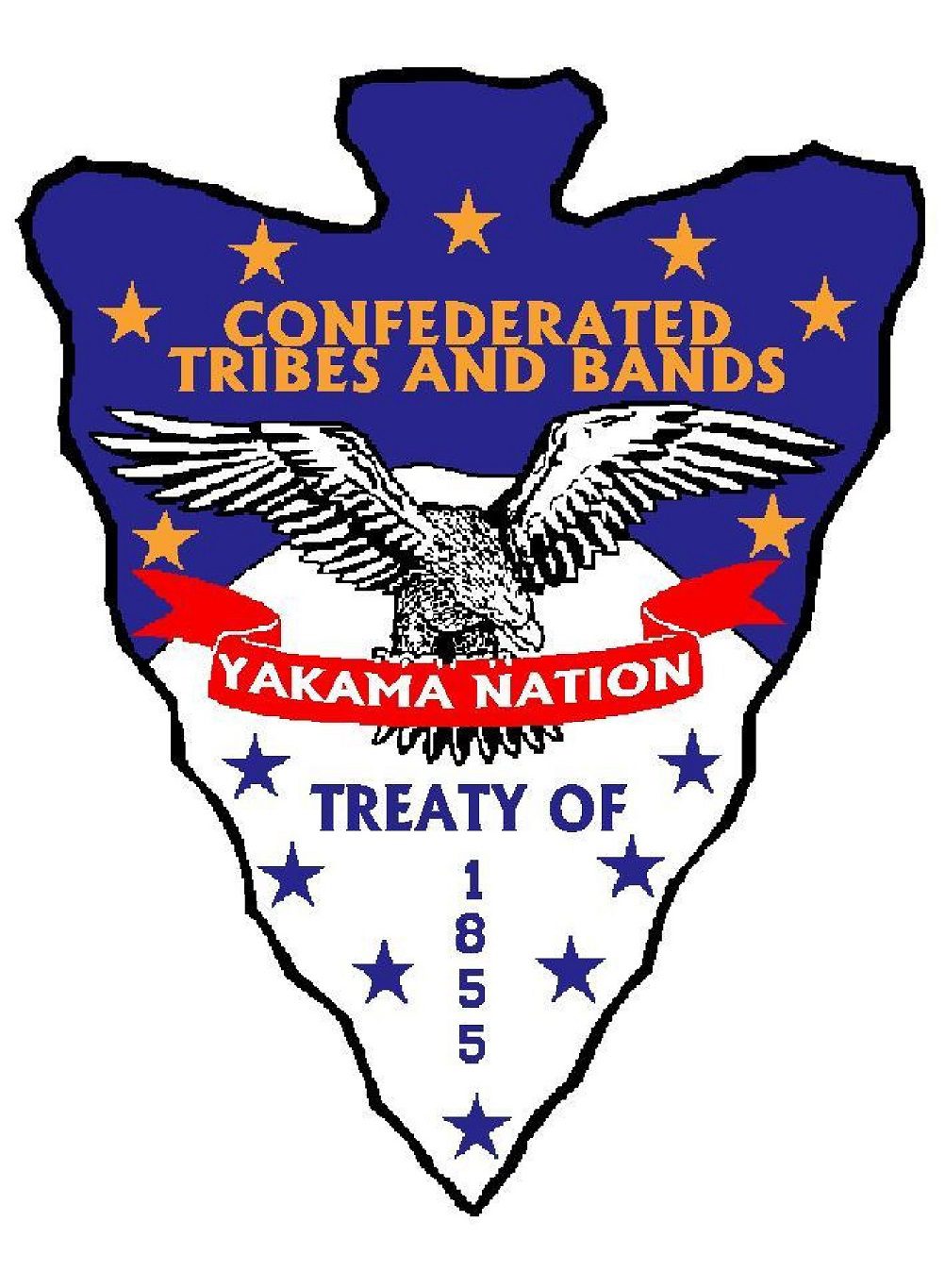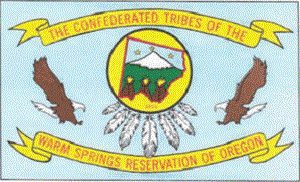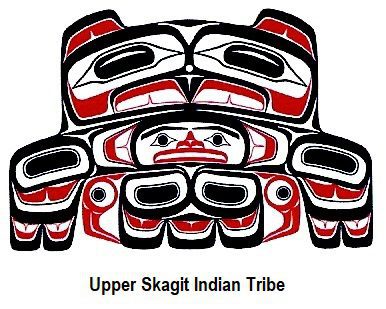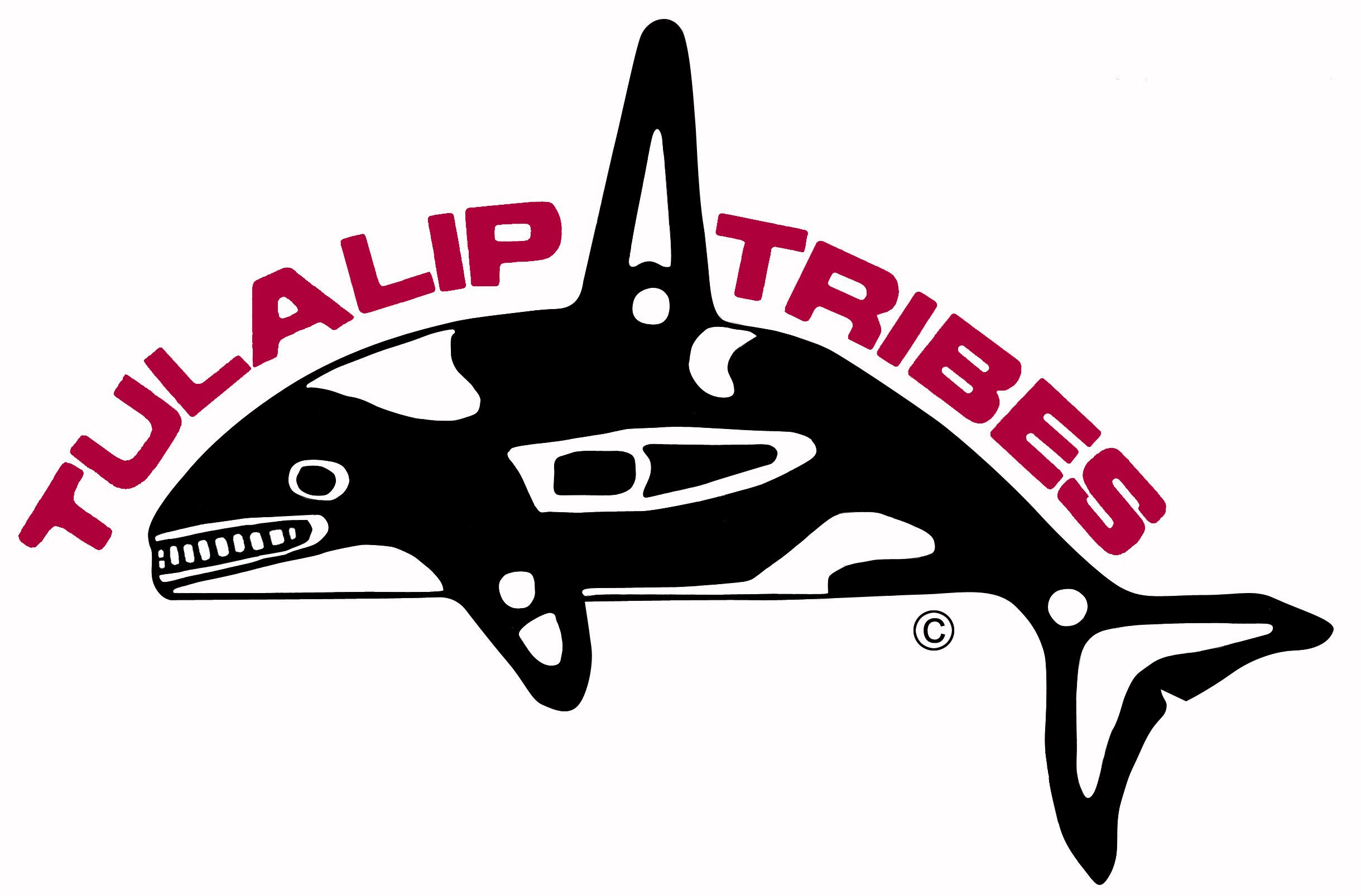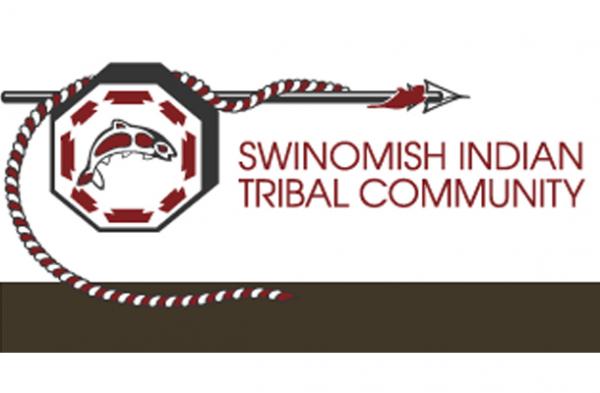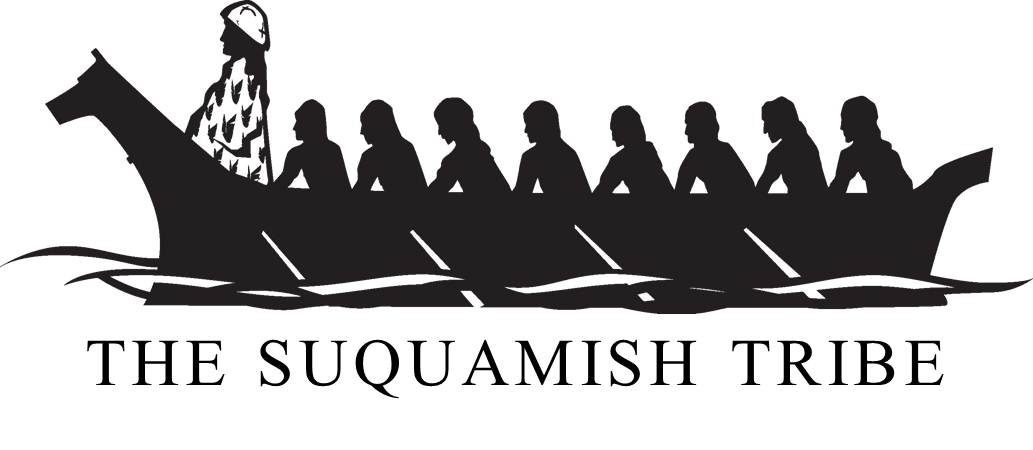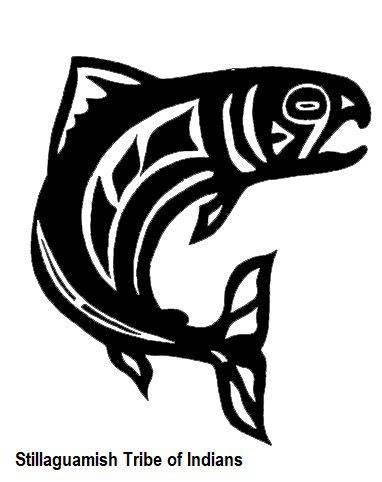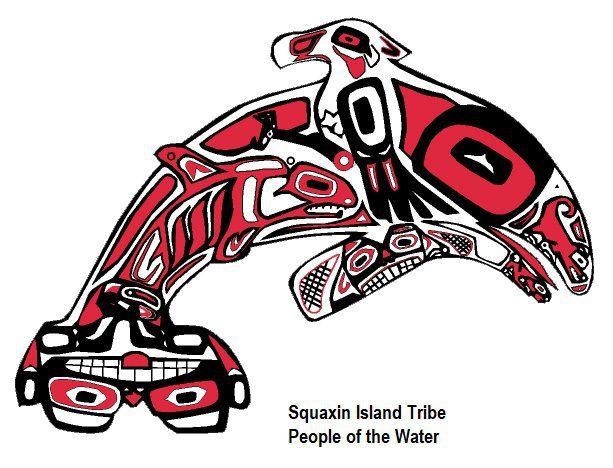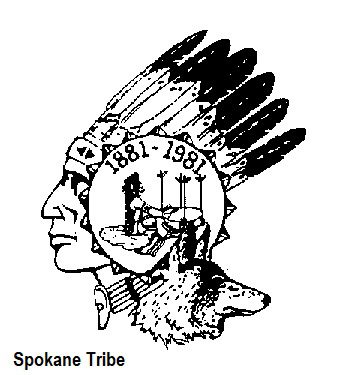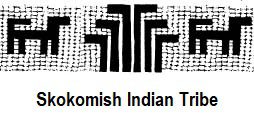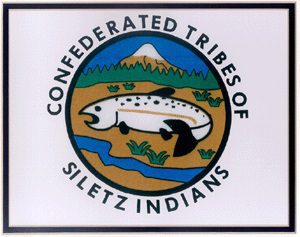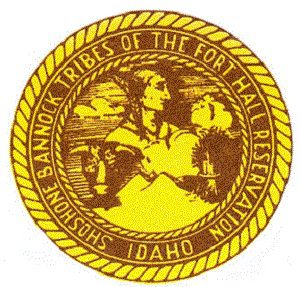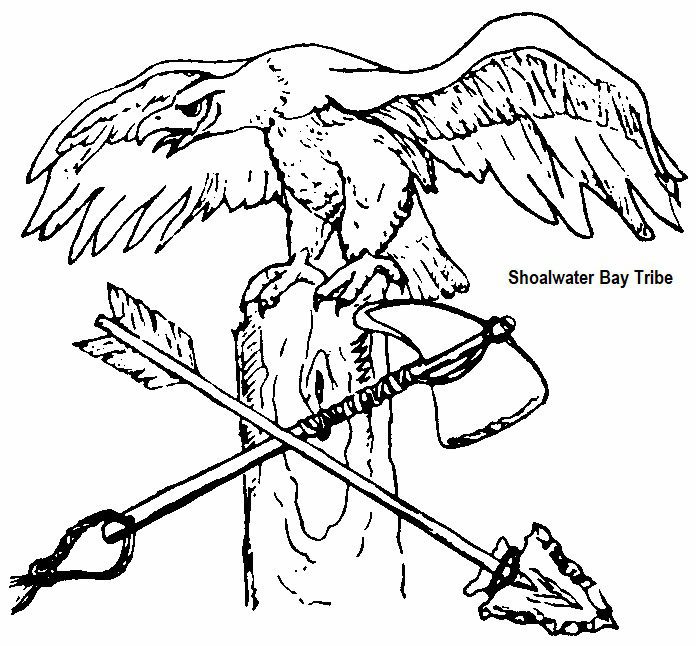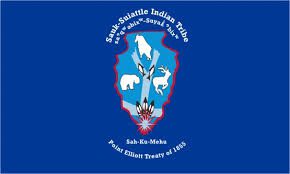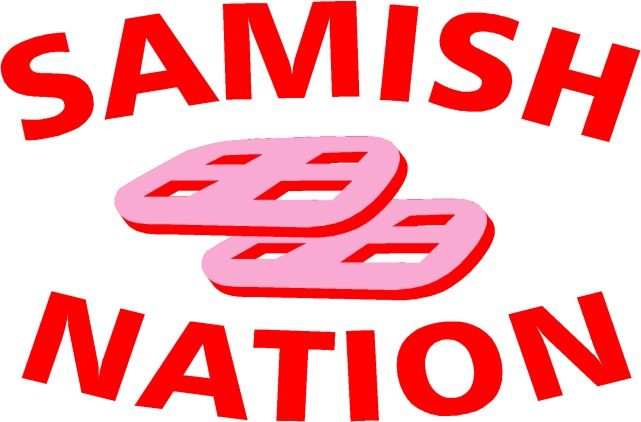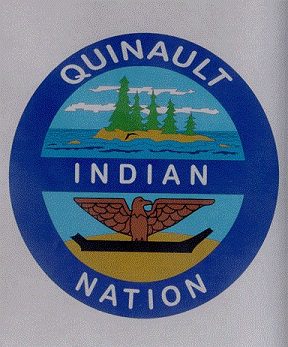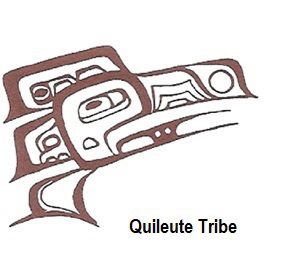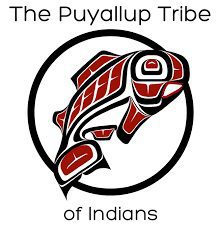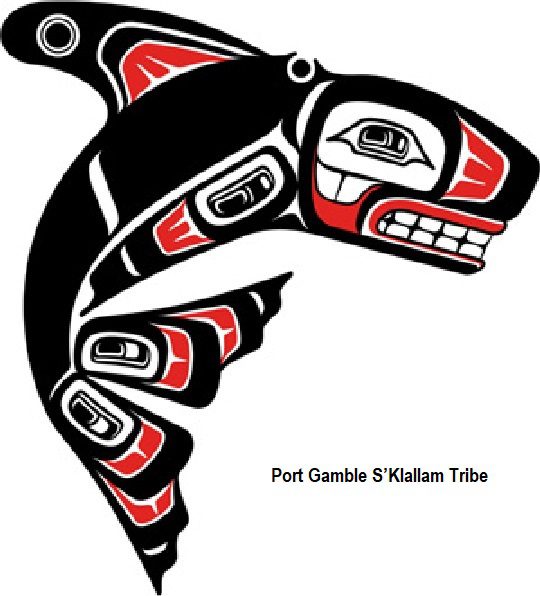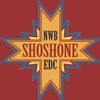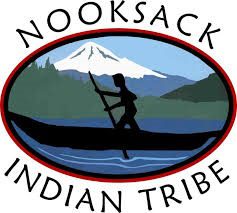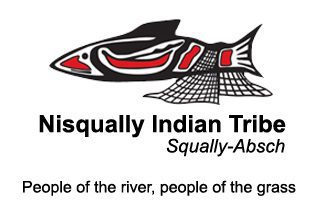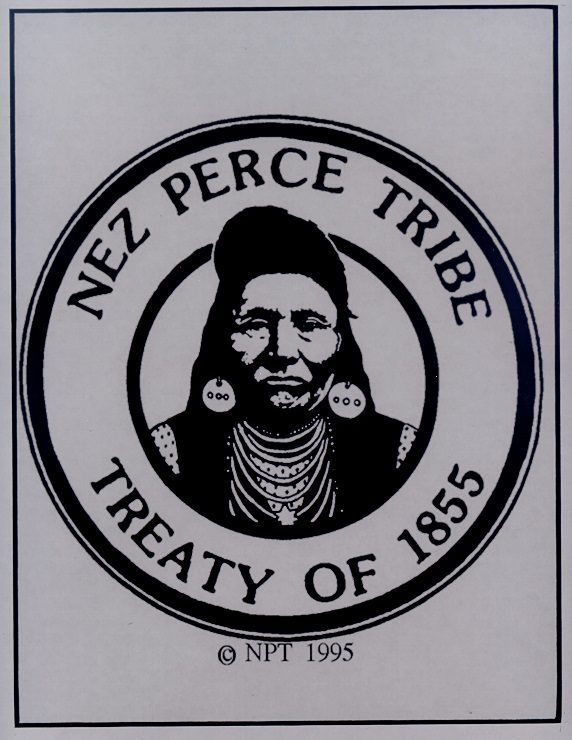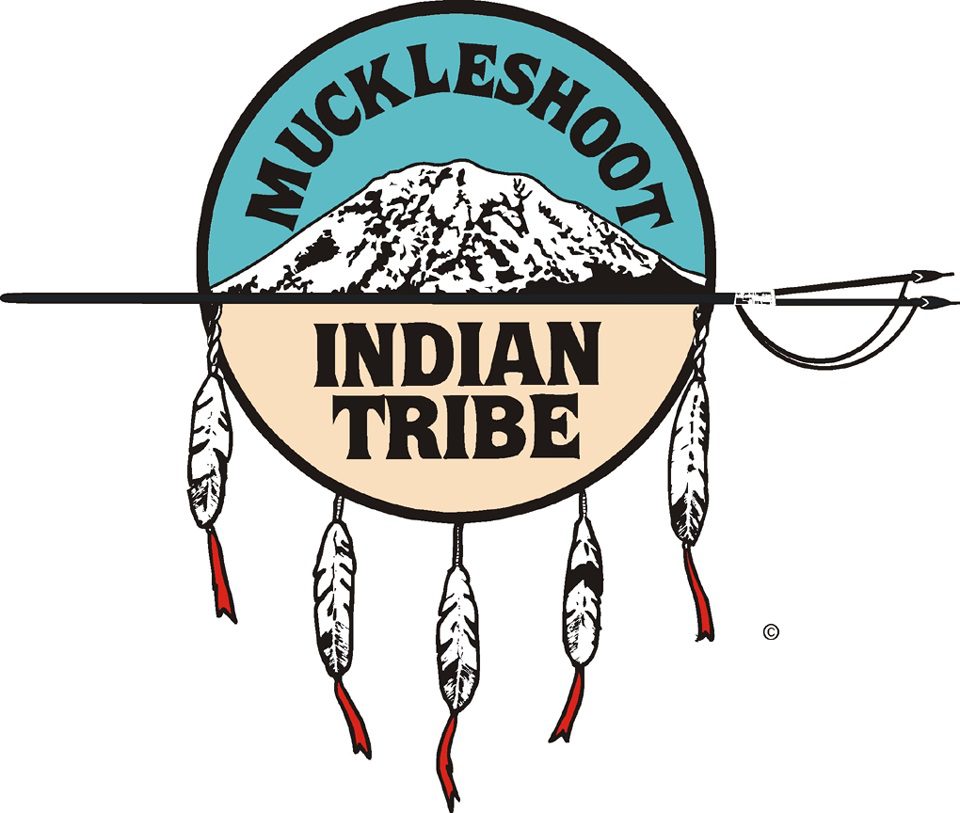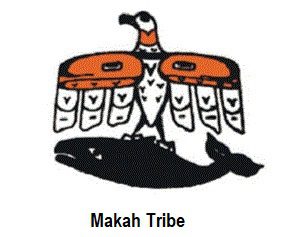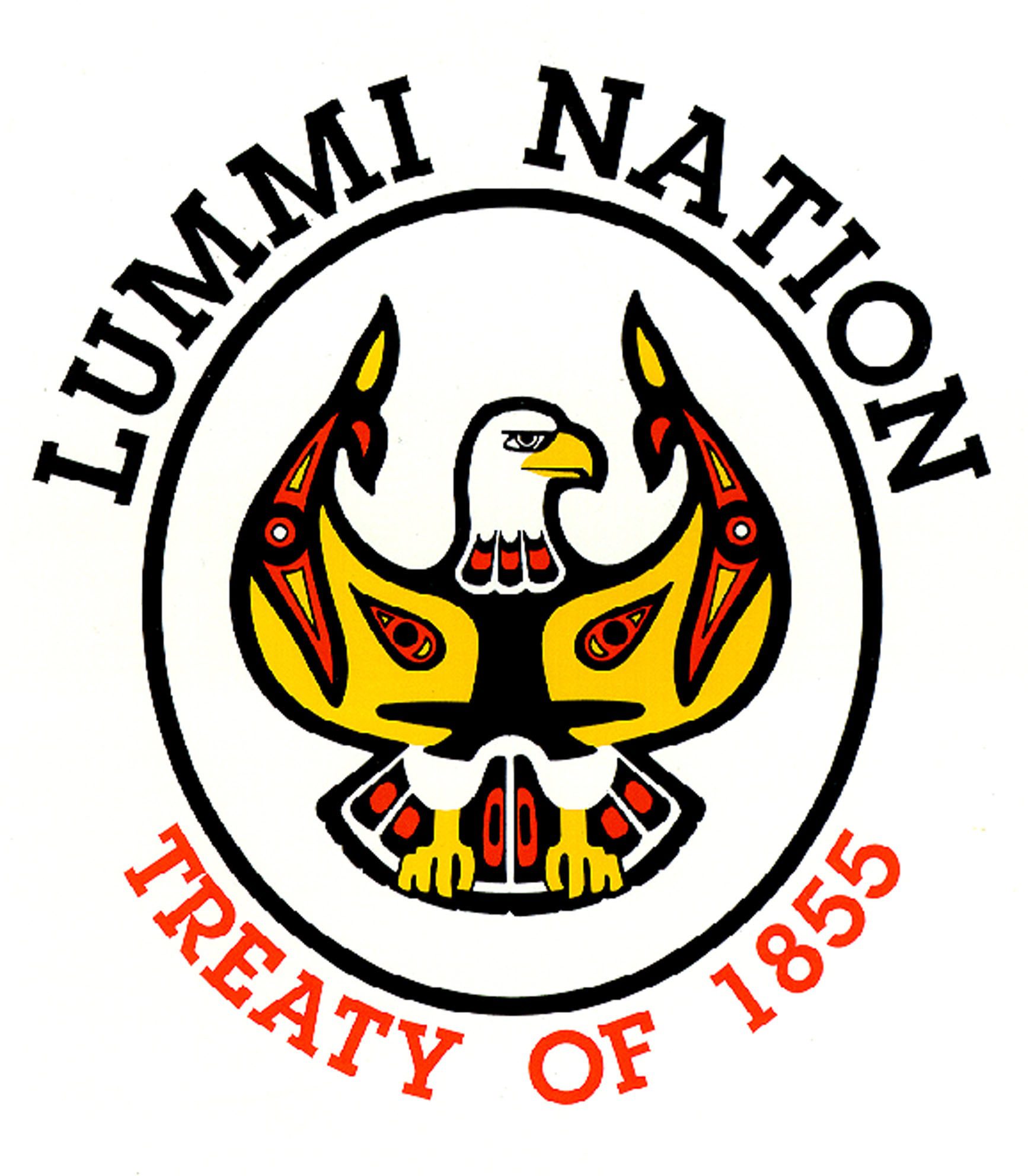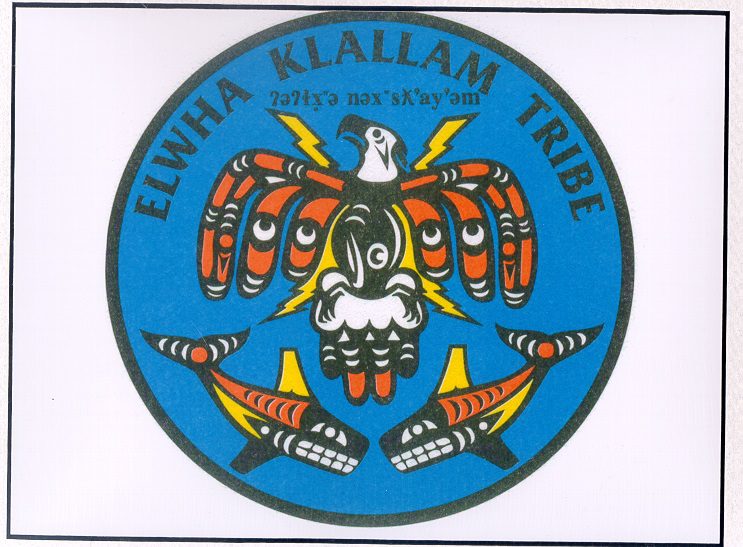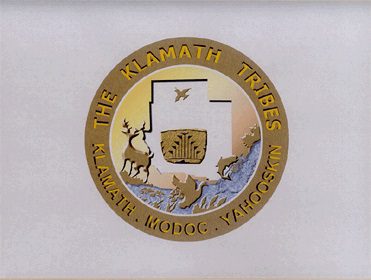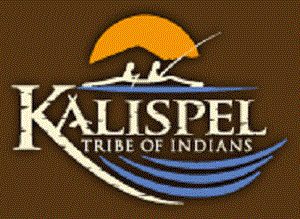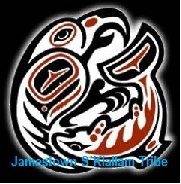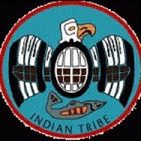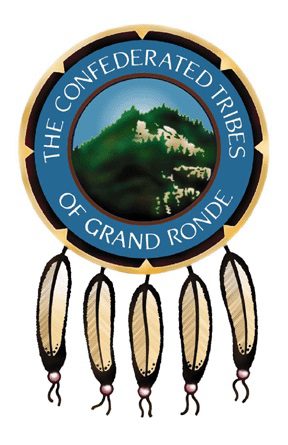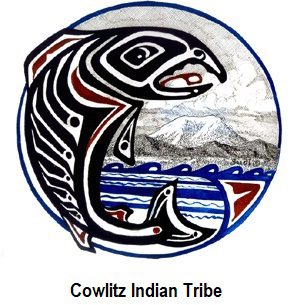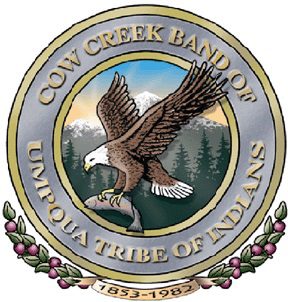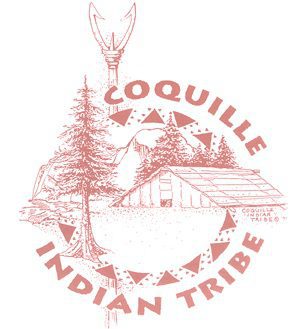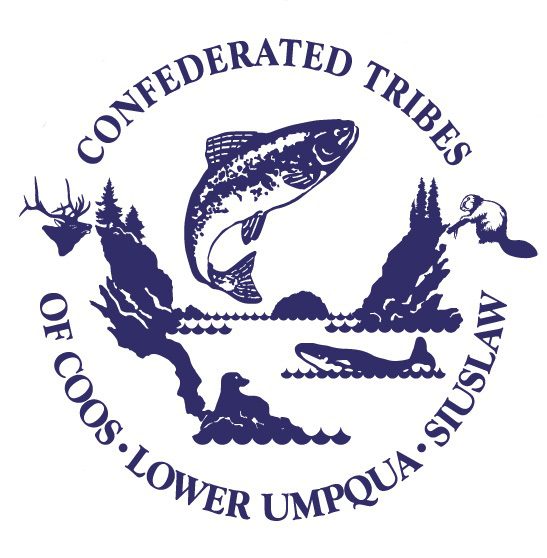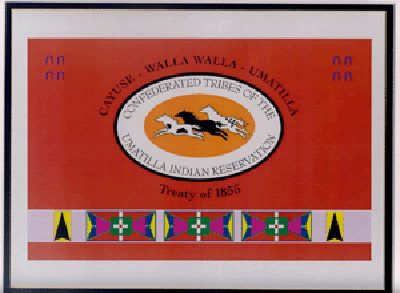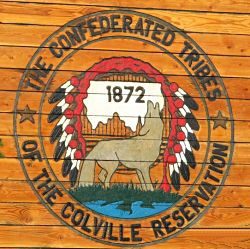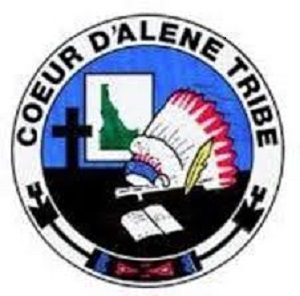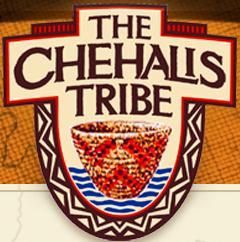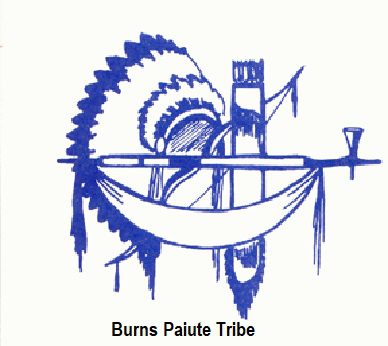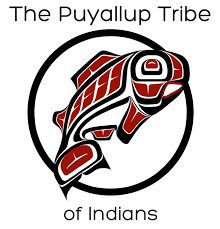The Health Benefits Department manages the Purchased And Referred Care (PRC) program (formerly Contract Health Services) for the Suquamish Tribe. The Tribe has negotiated unique contractual arrangements with various vendors to provide comprehensive medical, pharmacy, dental, vision and hearing services. Mental Health/Behavioral Health/Chemical Dependency services are only payable when they are coordinated by or provided by the Wellness Center.
The Tribal Health Benefits program assists members in obtaining medical, dental, vision and hearing care, including needed medical equipment. The program also helps clients in accessing all available alternate resources including other state and federal programs such as DSHS, Veterans’ Services, Social Security and Medicare. Health Benefits is also responsible for managing the annual enrollment of Tribal members and members of other tribes who live on the reservation in the Suquamish Tribe’s Health Benefits Plan area.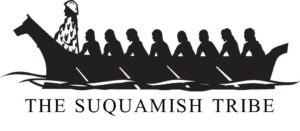
The Elders’ Program provides five meals per week from 11:30 AM to 12:45 PM at the Suquamish Village lunchroom, as well as meal delivery to homebound disabled persons who live on or near the Reservation. Elders’ Foot Care is the first Thursday of each month at the Elders’ Lodge. Other services include transportation for shopping and medical appointments, respite and chore services, and assistance with minor home repair and yard work, as well as garbage pick-up.
The Community Health Program includes the Office of the Community Health Nurse and includes the WIC (Women, Infants, & Children) Office, the Community Fitness Program, and the Community Nutrition Program. The Office of the Community Health Representative oversees the Low Income Housing Energy Assistance Program (LIHEAP), the Small Tribes of Western Washington (STOWW) commodity food service, and the Emergency Food Voucher Program.
The Suquamish Tribe does not provide on-site primary care. The Suquamish Tribe’s Contract Health Services (CHS) alternative delivery demonstration project began in May 1985 under provisions of Public Law 96-638. Under the terms of the agreement, Suquamish Tribal members residing in Kitsap County, Washington receive a predetermined benefits package of comprehensive health care services. Two full-time benefits coordinators administer the plan by engaging the services of a third party administrator who defines and coordinates benefits, adjudicates claims and pays vendors for services provided. The coordinators determine eligibility and report monthly eligible to the medical carrier and the pharmacy benefits manager. The benefit coordinators review each processed claim and authorize payments weekly. They also work with the nearby Port Gamble S’Klallam Indian Health Dental Clinic to coordinate direct care dental services for Tribal members.
Major services include outpatient visits, diagnostic care, hospital care, and mental health inpatient care and pharmacy services. The Tribe also operates a Wellness center, which provides alcohol and substance abuse programs along with behavioral health services out of a 1,545 square foot tribally owned facility. The Tribe’s Contract Health Service Delivery Area (CHSDA) is Kitsap County. The Tribe holds at least two health fairs each year with representation from local, state and tribal health departments.
If you are a new Mental Health or Chemical Dependency patient, or have not been seen recently, an intake appointment will be scheduled to obtain preliminary information and complete paperwork. For Chemical Dependency, this must be done prior to scheduling an assessment, and will take up to two hours.
Services include: Chemical Dependency,Assessments, Chemical Dependency, Co-Occurring, ADATSA, DUI, Intensive Outpatient Programs, Detox Referral & Coordination. Standard Outpatient Programs: Monthly Monitoring Group, Individual CD Counseling, Drug Court Treatment, Inpatient Referral & Coordination and ADATSA Services.
Available to both Native and Non-Native patients.
Transportation Services are available. Suquamish Tribal Members may be eligible for Transportation services. These can be accessed by calling our main number or coming in to fill out a “Transportation Request Form”. This form needs to be filled out and turned in at least 48 hours prior to the appointment.
The Suquamish are descendents of peoples who lived in the Puget Sound area for thousands of years. They were expert basket makers, fishers, and canoe builders. There was a transition period from the 1880’s to the 1920’s during which the Suquamish went from a traditional way of life to that of modern America. During this period all of the children between the ages of 4 and 18 were taken away from the tribe and placed in boarding schools. Gone from the tribe during the winter months when all the storytelling, basket making, and songs were taught, these children lost an important link to tribal life.
The cost of eradicating the Suquamish way of life was borne by the children. There were no child labor laws then, and the schools operated utilizing student labor. These institutions also served as infirmaries during disease outbreaks, and many children lost their lives to measles and whooping cough, for which they had no natural immunity. Until this dark period the Suquamish thrived.
The Suquamish lived in shed-roofed, cedar plank houses during the winter months. The Suquamish had winter villages at Suquamish (Old-Man-House), Point Bolin, Poulsbo, Silverdale, Chico, Colby, Olalla, Point White, Lynwood Center, Eagle Harbor, Port Madison and Battle Point. The best known winter village was at Old Man House, the home of Chief Seattle and Chief Kitsap. The Suquamish periodically left their winter residences in the spring, summer and early fall in family canoes to travel to temporary camps at fishing, hunting and berrying grounds. The seasonal camps consisted of portable frames made of tree saplings covered with woven cattail mats.
The Suquamish had their first recorded contact with non-natives in 1792 with the arrival of British explorer Captain George Vancouver. Vancouver anchored off Bainbridge Island and traded with the Suquamish and surveyed Suquamish waters. Over the next fifty years, the Suquamish adapted to a changes brought on by the entry of non-natives into the Puget Sound. Fur traders and missionaries were the first and were then followed by permanent settlers traveling over the Oregon Trail. Settlement intensified in the 1850s after Congress passed the Oregon Donation Land Claim Act that opened Suquamish and other tribal lands to non-native settlement. Entrepreneurs also began building sawmills to harvest the vast stands of virgin timber on Suquamish lands, including mills at Port Madison, Port Gamble and Port Blakely. The Suquamish cut and delivered logs to the mills to support themselves.
In 1855, Washington Territorial Governor Isaac Stevens arrived in Puget Sound intent on clearing the land for more intensive settlement. Four years earlier, the City of Seattle, named for Chief Seattle, was established by Seattle pioneers, who were indebted to the Suquamish/Duwamish Chief for helping them during their early struggles to survive. Governor Stevens needed to clear the aboriginal title to the land to claim the property ahead of his plans to bring the transcontinental railroad to Puget Sound. On January 22, 1855, Suquamish leaders, led by Chief Seattle, signed the Treaty of Point Elliott at Mukilteo. The Suquamish gave up title to their lands, which encompassed most of present Kitsap County, for acknowledgement and protection of their fishing and hunting rights, health care, education and a reservation at Port Madison.
Choice game, fish, and plants are plentiful in the Puget Sound. Over thousands of years of living in the area the Suquamish developed an elaborate system for harvesting this abundance. There were many different types of berries, cattail tubers, and wild potatoes, the onion-like bulbs of water lilies, fern roots, wild sunflowers, dandelions, and nuts. Clams, oysters, shrimp, crabs and mussels were all gathered and stored in the spring before the salmon runs began. Smoked and dried supplies were returned to the village for storage. Villages were often near sources of food that could be gathered in the winter, such as steel head, trout, and deer. Marshlands were hunting areas for waterfowl and other birds. Fishing continued through the fall and early winter. The Suquamish fished throughout Puget Sound; Chinook, Chum, and Coho Salmon were caught in local waters by the use of nets, hooks, and line. Lines and nets were made from nettle stems and roots. Smaller fish, herring, and smelt were taken with “rakes”: long thin poles that were lined on one edge with hard wooden spikes. The rake would be dragged through the water, and the fish would be shaken off in the canoe.
The canoe was the most important tool of the Suquamish people. There were no horses, and canoes were a primary source of travel as well as vessels for fishing. Most canoes were made from a single cedar tree. Once the right tree was located it would be cut down and taken to the carving area. The log would be put in place and the bottom of the canoe would be carved first. When the bottom was finished 2” wooden dowels, painted red on one end, would be pounded into the canoe, red end first. Then it was turned over and a fire was started on the inside. The carvers would watch it burn down to four inches from the exterior. They would then scrape out the burned coals and use an adz tool to chip away the wood until they could see the red dots. When all the red dots were visible they knew that their canoe was the same width all the way across. At this point the canoe was filled with water and hot rocks and covered with cedar and cattail mats for several days. This made the wood pliable, allowing the canoe builders to shape the canoe. Once it was fitted with cross beams it was a finished product.
he Suquamish Tribe administration office is located at 15838 Sandy Hook Road NE in Suquamish, Washington. The reservation is located in northern Kitsap County, Washington and consists of 7,657 acres, of which 1,475 acres are owned by the Suquamish Tribe, 2,601 acres are owned by individual citizens of the Suquamish Tribe, and 3,581 acres are owned by non-Indians. The reservation is divided into two separate parcels by Miller Bay. The towns of Suquamish and Indianola both lie within the bounds of the reservation.
The Suquamish are a Lushootseed (Puget Salish) speaking people that traditionally lived along the Kitsap Peninsula, including Bainbridge and Blake Islands, across Puget Sound from present Seattle. Many of the present Suquamish live on the Port Madison Indian Reservation in the reservation towns of Suquamish and Indianola. The reservation is situated on a large peninsula and connected to Bainbridge Island by the Agate Pass Bridge, a short ferry ride from Seattle. The northeastern part of the reservation is anchored by the rural waterfront village of Indianola; the heart of the southwestern area is Suquamish, a historic waterfront village.
The original inhabitants of the reservation were primarily of the Suquamish Tribe and a few from other tribes represented in the Point Elliot Treaty of 1855 (enlarged by Executive Order in 1864). The Suquamish people have lived, gathered food, ceremonial and spiritual materials, and hunted and fished for thousands of years in Western Washington. The breathtaking rural scenery and attractions such as the Suquamish Museum, historic Suquamish Village, the Clearwater Casino, Chief Seattle’s gravesite, Old Man House, and the Grover’s Creek Fish Hatchery, combined with easy ferry access from Seattle and Edmonds, make Suquamish a natural tourist destination.
The Suquamish traditionally lived on the western shores of Puget Sound, from Apple Tree Cove in the north to Gig Harbor in the south, including Bainbridge Island and Blake Island. They had villages throughout the region, the largest centered on Old Man House, the largest winter longhouse in the Salish Sea. The first contact between Suquamish and European peoples came in 1792 when George Vancouver explored Puget Sound and met members of the Suquamish Tribe, possibly including Schweabe and Kitsap. More regular contact with non-Natives came with the establishment of British trading posts in Puget Sound and the Strait of Georgia in the early 19th century.
Once the Washington Territory was established in 1853, the U.S. government began signing treaties with area indigenous leaders to extinguish aboriginal claims and make land available for non-Native settlement. In the Point Elliott Treaty signed on January 22, 1855, the Suquamish agreed to cede land to the United States in exchange for certain payments and obligations. They reserved for themselves the land that became designated as the Port Madison Indian Reservation, near their winter village on Agate Pass. They also reserved the right to fish and harvest shellfish in their Usual and Accustomed Areas, and reserved certain cultural and natural resource rights within their historical territory. Today, the Suquamish Tribe is a co-manager with the State of Washington of the state’s salmon fishery.
The Suquamish have persevered despite attempts by the federal government to assimilate them through land policy; especially the allotment of the reservation into separate parcels assigned to family heads in 1886, the destruction of Old Man House village and scattering of the tribal settlement in 1904, and the mandatory attendance of Suquamish children at Indian Boarding Schools from 1900-1920. The Suquamish presently are experiencing a cultural resurgence and are planning to begin construction of a new community house in the tradition of Old-Man-House. They continue to exercise their treaty rights to fish and gather shellfish. They are exercising ancient rights to self-governance and currently have 240 employees in a variety of government programs. Relying on ancestral traditions, the Suquamish look forward to a prosperous future. Chief Seattle was an ancestral leader of the Suquamish Tribe born in 1786 at the Old-Man-House village in Suquamish. His father was Schweabe, a Suquamish Chief, and his was mother Scholitza, a Duwamish from a village near present Kent. Seattle was a six years old when Captain George Vancouver anchored in Suquamish waters off Bainbridge Island in 1792. Two members of the Suquamish came to be recognized across the region as great leaders. One was Kitsap, who led a coalition of Puget Sound Tribes against the Cowichan Tribes of Vancouver Island around 1825. Another was Seattle (also spelled Si-ahl, Sealth, See-ahth, and Seathl, pronounced [ˈsiʔaːɬ]), son of Schweabe, who was a peacekeeper during the turbulent times of the mid-19th century.
The Suquamish are located in present-day Washington in the United States. They are a southern Coast Salish people. Today, most Suquamish people are enrolled in the Suquamish Tribe, an indigenous nation and signatory to the Treaty of Point Elliott of 1855. Suquamish people traditionally speak a dialect of Lushootseed, which belongs to the Salishan language family.
The breathtaking rural scenery and attractions such as the Suquamish Museum, historic Suquamish Village, the Clearwater Casino, Chief Seattle’s gravesite, Old Man House, and the Grover’s Creek Fish Hatchery, combined with easy ferry access from Seattle and Edmonds, make Suquamish a natural tourist destination. Port Madison Enterprises, the Tribe’s economic development arm, is the second-largest private-sector employer in Kitsap County with 752 employees, surpassed only by Harrison Medical Center.
Cultural educational programs available through the Suquamish Museum are:
Suquamish Basketry, Suquamish History, We Are Suquamish, and Traveling exhibits available through the Suquamish Museum include;
Suquamish People: Legacy and Transition and 100 Years of Photographic History: Selections from the Suquamish Tribal Archives.
The Tribe has reacquired land lost during the allotment era, and the Tribe and Tribal members now own more than half of the land on the reservation for the first time in recent history. Recent major acquisitions include White Horse Golf Club in 2010, placed into trust in March 2014; and 200 acres known as the Place of the Bear, in the Cowling Creek watershed, in November.
Suquamish Clearwater Casino Resort, which opened in a fabric structure 20 years ago, has evolved into an events and entertainment destination, with 15,000 square feet of meeting space, 183 hotel rooms, a showcase of Coast Salish art, fine dining, a spa, golf at White Horse, and a summer concerts-on-the-lawn series.
Completion of the Suquamish Museum in 2012 helped solidify Suquamish Village as a walkable cultural district which includes Chief Seattle’s grave, the Old Man House site, the Suquamish Veterans Memorial, and the House of Awakened Culture.
The Tribe owns and operates an accredited school for grades 6-12, Chief Kitsap Academy, which offers regular public school curriculum as well as culturally-oriented classes. According to the state Office of the Superintendent of Public Instruction, only four of 10 of North Kitsap School District schools and programs met Adequate Yearly Progress goals in reading and math proficiency in 2014 — one of those was Chief Kitsap Academy.
Suquamish Seafoods is building a 16,000-square-foot seafood processing plant, eight times larger than the current plant. It will have chilled processing rooms, live-product holding areas, larger cold storage and air-blast freezers.
Until now, Suquamish Seafoods has concentrated on geoduck. With the new plant, we have the ability to deliver fresh clams, crab and salmon to our commercial customers. “We also plan to develop our product lines further, making them available directly to the consumer.
The new plant is expected to be in operation in spring. Construction is expected to be completed by fall on a 34,000-square-foot fitness and youth center, on Totten Road near the Tribe’s early learning center and a sports field. The Suquamish Tribe government has a preliminary master plan for Suquamish Shores, a neighborhood of 80 lots on 36 acres, midway between the government center and the House of Awakened Culture. Leases there expire in 2018, and Chairman Leonard Forsman said the Tribe is looking at restoring the area to accommodate cultural activities, recreation, and, possibly, housing for elders.
As of 2014, the reservation area consists of 7,657 acres, of which 1,475 acres are owned by the Suquamish Tribe, 2,601 acres are owned by individual citizens of the Suquamish Tribe, and 3,581 acres are owned by non-Indians.
Tribal website: https://suquamish.nsn.us/
Administration Phone: (360) 598-3311
Clinic website: https://suquamish.nsn.us/home/departments/wellness-center/
Clinic Phone: (360) 394-8558
Suquamish Tribe
Suquamish Wellness Center
18490 Suquamish Way
Suite 107
Phone: 360-394-8558
Fax: 360-598-1724
Suquamish, WA 98392
Website: http://www.suquamish.nsn.us
Suquamish Museum
15838 Sandy Hook Road NE
Phone number:(360) 598-3311, directly at (360) 394-8496
Museum hours are as follows:
Winter Hours (October 1 – April 30)
Friday, Saturday, Sunday 11-4
Summer Hours (May 1 –– Sept 30)
Open seven days a week from 10 – 5.
Member Tribes
